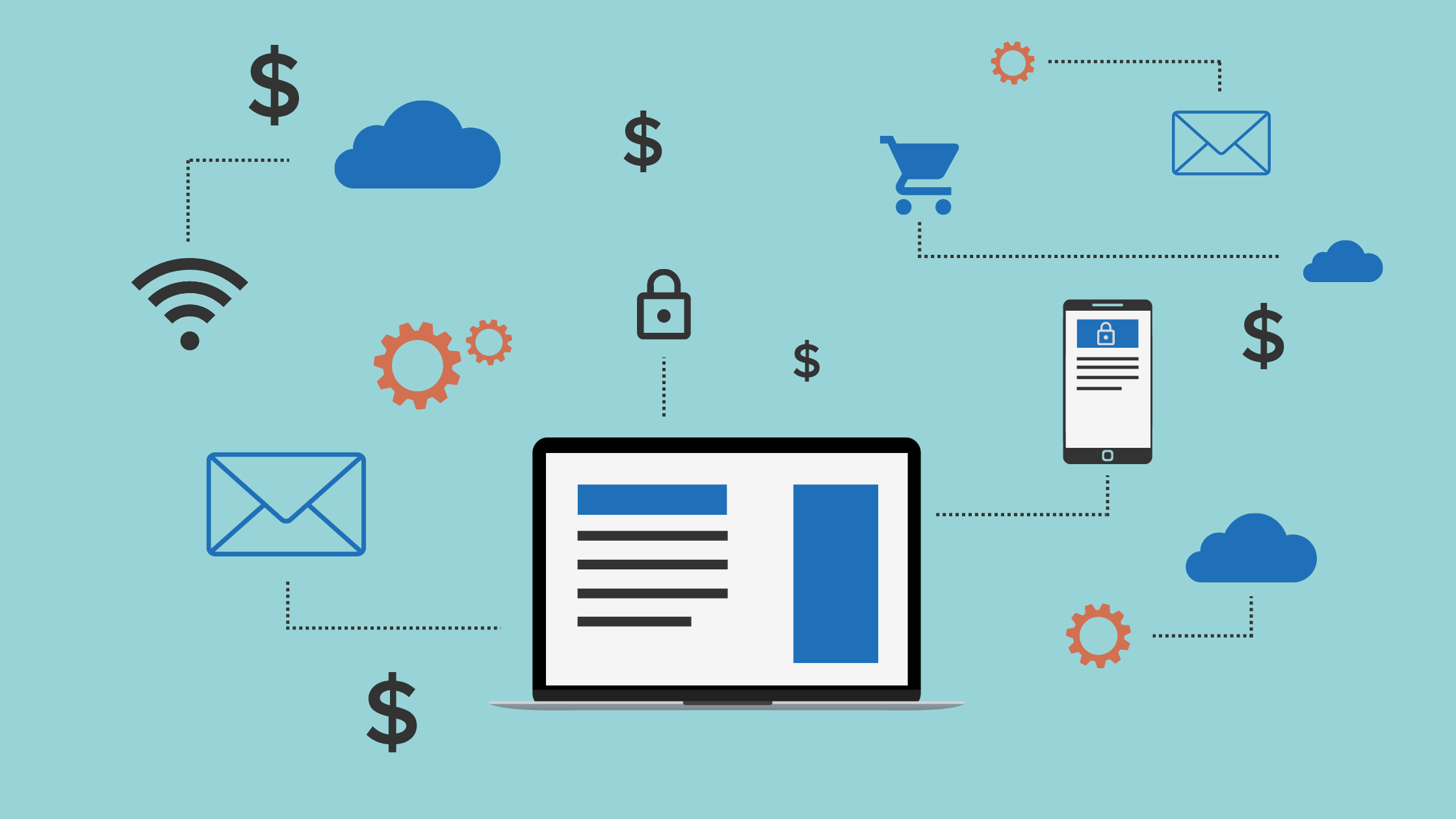Even if you aren’t looking to sell your OCS business, adding value should always be a strategic goal as it appeals to both customers and potential investors. The creation of value is the driving force behind any exchange. Everyone needs to get something out of the deal. For your customers, it’s convenience and products that help improve their employee experiences. For potential investors, they’re mainly looking at the financial performance of your company (revenue, costs, assets, etc.). But an area that’s often overlooked is technology.
The systems you use impacts different areas of your business, including operations, positioning, scalability, and client and employee experiences. Managing an OCS business is complex. Having the right tools makes your business easier to run and keeps you competitive, which increases value.
But what technology is important? In what context do you need to consider technology? Here are the different ways and areas that technology can impact the value of your business.
Infrastructure (IT)
If your IT infrastructure is reliable, secure, and flexible, it can help you meet your business goals and maintain a competitive edge in your market. It helps make sharing important information across your operations easy, which saves your team time and customers headache. Alternatively, IT systems that aren’t up to par can cause issues with connectivity, security, and operations.
Security
Securing important information needs to be a top priority. With cyber threats on the rise, the mishandling of sensitive information is cause for consternation among potential investors. Not to mention serious consequences for yourself and your customers.
Processes & Automation
Managing routes, customer orders, employees, and everything else that goes into your operations is a logistical juggling act. It takes strong processes to keep the operation running smoothly. Are there systems in place that help automate tasks? Has the strategic use of technology helped increase profit?
Scalability
The things you do now prepare you for the future. Likewise, what you aren’t doing impacts things down the road. Technology makes your OCS business more scalable, which in turn makes you more attractive to potential buyers. Oh, and helps streamline current operations which makes for a better customer experience.
You might not be even close to thinking about selling your business. Maybe you don’t plan to at all. But it’s beneficial to always be focused on increasing business value. The use of technology is one way to do that, and it’s an area that will become increasingly important to convenience service operators.





































